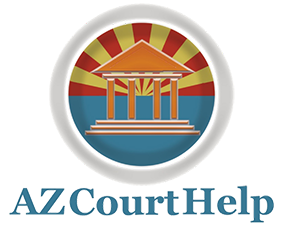Filing a Memorandum - Appellee
If an appeal is filed in a case, the other person/business has the right to file a memorandum in response as to why they believe the court made the correct decision. Not all counties require the appellee to file a Memorandum, but in some counties if a response is not filed the court rules in favor of the appellant. Contact the Superior Court to see what their policies are.
- A Memorandum must be filed within 30 calendar days from when the appellant filed their Memorandum
- The Memorandum is filed with the clerk of the lower court (either municipal or justice)
- Bring two copies and the original to the clerk of the court to be date-stamped - the original and one copy go to the clerk, then one copy is for your records
- The court will send the Memoranda to the Superior Court and the appellant
- Include
- The Facts: a short statement of the facts of your case. References to the Record on Appeal should support your factual statements.
- Your Argument: a short statement explaining why you believe the ruling of the lower court to be correct. Include references to court rules, state statutes, and case law.
- Your Conclusion: a summarizing statement clarifying what you want the Superior Court to do.
- You cannot introduce new evidence
- If you wish to appear and make a statement to the Superior Court, you have to state "Oral Argument Requested" in the caption on the first page
- The appellant does not have the right to reply to your Memorandum. They are able to file a motion requesting permission to file a reply if they feel you are misrepresenting your case.
